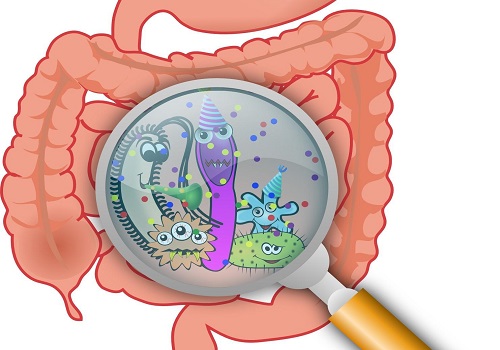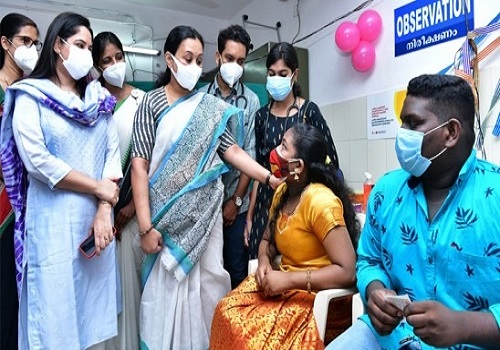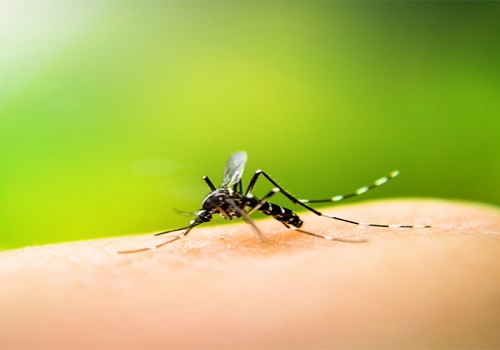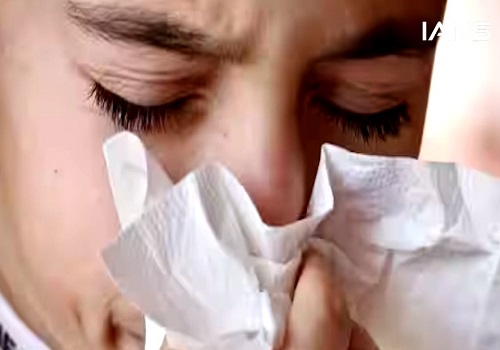How harmless gut bacteria `turn bad`

Follow us Now on Telegram ! Get daily 10 - 12 important updates on Business, Finance and Investment. Join our Telegram Channel
Researchers have determined how harmless E.coli gut bacteria in chickens can easily pick up the genes required to evolve to cause a life-threatening infection.
The study, published in the journal Nature Communications, warns that such infections not only affect the poultry industry but could also potentially cross over to infect humans.
"Previously we thought that E. coli became pathogenic by acquiring specific genes from other bugs, often packaged in mobile elements called plasmids. But our study compared the genomes of disease-causing and harmless E. coli in chickens and found that they can 'turn bad' simply by picking up genes from their environment," said Sam Sheppard from the University of Bath in the UK.
"Bacteria do this all the time inside the guts of chicken, but most of the time the scavenged genes are detrimental to the bacteria so it becomes an evolutionary dead end."
However, there are 26 billion chickens worldwide, representing around 70 per cent of all bird biomass on earth.
"That increases the likelihood of bacteria picking up genes that could help the bacteria survive and turn infectious, or even jump species to infect humans," he added.
E. coli is a common bacterium that lives in the intestines of most animals, including humans. It is usually harmless when it stays in the gut, however, it can become very dangerous if it invades the bloodstream, causing a systemic infection that can even lead to death.
For the study, the team sequenced and analysed the whole genomes of E. coli bacteria found in healthy and infected chickens bred at commercial poultry farms. They found there was no single gene responsible for switching a harmless bacterium into a pathogenic one, but rather that it could be caused by several combinations of a diverse group of genes.Their results indicate that all bacteria in chicken intestines have the potential to pick up the genes they need to turn into a dangerous infection, through a process called horizontal gene transfer.
Horizontal gene transfer enables bacteria to acquire new genetic material from other bacteria nearby. This can happen by scavenging DNA molecules from dead bacteria; by exchanging strands of DNA by having 'bacterial sex' or by getting infected by viruses which transfer DNA from one bacterium to another, the team said.







.jpg)
















